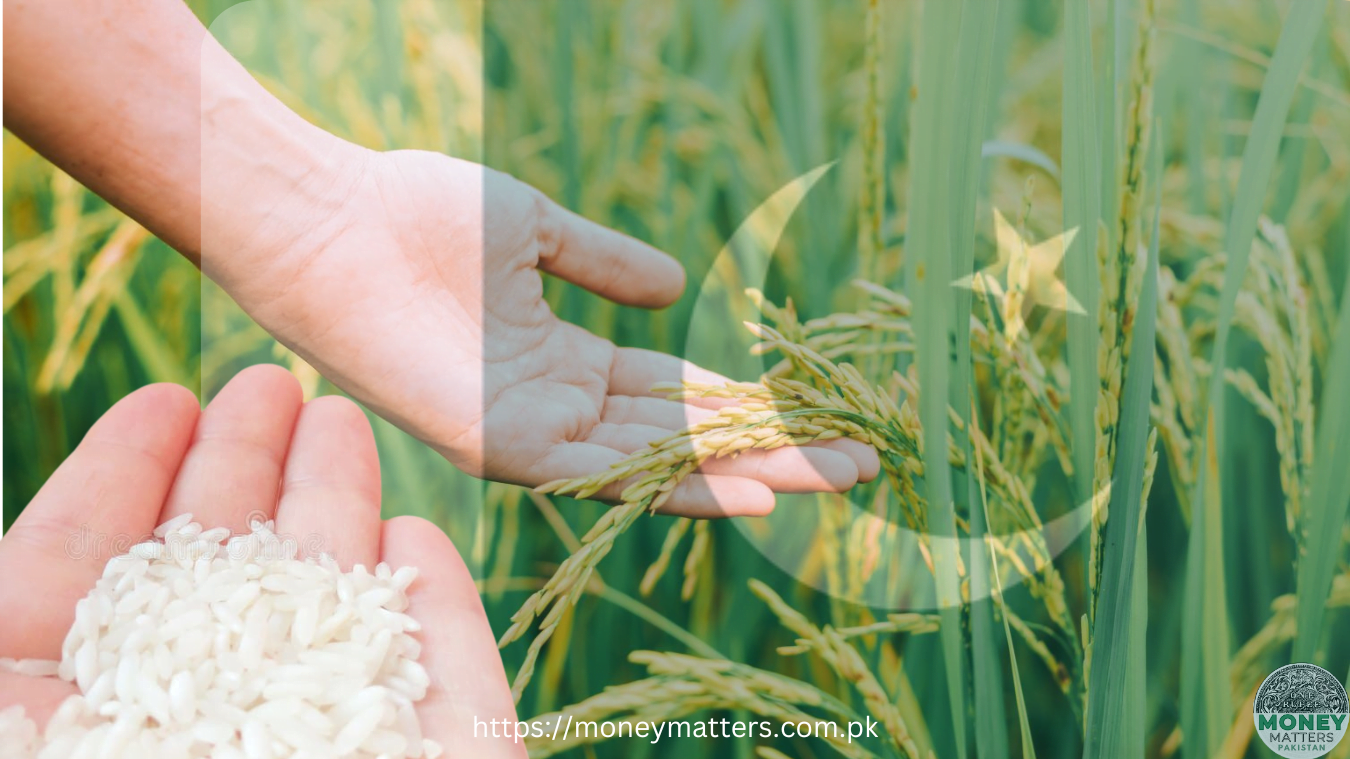Key Takeaways:
– Low Productivity: The agriculture sector in Pakistan suffers from outdated techniques and insufficient investment.
– Climate Vulnerability: Agriculture is highly susceptible to climate change and water scarcity.
– Need for Diversification: For sustainable economic growth, Pakistan must invest in technology, services, and manufacturing.
In her recent article, titled Agriculture is not the future of Pakistan, Dr. Sobia Rose, a Research Fellow at the Pakistan Institute of Development Economics (PIDE), argues that agriculture should not be seen as the future of Pakistan’s economy. While agriculture has historically played a significant role, she emphasizes that relying solely on this sector is not sustainable.
Dr. Rose highlights that the agriculture sector, despite its substantial contribution to GDP and employment, is plagued by several critical issues. She points out, “The agriculture sector, while important, suffers from low productivity, technological lag, and vulnerability to climate change and water scarcity.” This has limited the sector’s ability to provide high-income jobs and significant economic uplift.
Furthermore, Dr. Rose stresses the need for Pakistan to diversify its economy. “To become a strong economy, Pakistan must shift its emphasis towards more technology-based sectors and value-added industries,” she states. By investing in sectors like manufacturing, information technology, and services, Pakistan can achieve sustainable growth and economic resilience.
One of the most pressing challenges highlighted is the low wages and underemployment prevalent in the agriculture sector. Despite employing a significant portion of the population, this sector does not offer high-paying jobs. As urbanization accelerates, Dr. Rose notes the importance of investing in urban development, infrastructure, and services to drive economic growth.
The shift towards industrial and service sectors is already evident. Data shows a decline in the agricultural workforce from 46.3 percent in 1991 to 37.4 percent in 2023, with the most significant decrease occurring over the last decade. This trend aligns with global patterns where economically developed countries have diversified beyond agriculture.
According to PIDE, Pakistan needs to create 2 million job opportunities annually to meet the demands of its expanding population. Dr. Rose argues, “Relying solely on the agricultural sector, which is heavily dependent on weather conditions, will not enable Pakistan to achieve this pace of growth.” Instead, investing in human capital, particularly in education, skills, technology, and research, is crucial.
The impact of climate change on agriculture is another significant concern. Pakistan was the 8th most affected country from 2000-2019 according to the long-term global climate risk index. The 2022 floods devastated a major area of kharif crops, leading to significant economic losses. Dr. Rose warns, “Reliance only on agriculture makes the economy prone to sector-specific shocks.”
Moreover, the sector’s limited value addition and poor infrastructure, including inadequate transportation and storage facilities, hinder its growth potential. “Improving this infrastructure requires substantial investment and time,” Dr. Rose notes, highlighting the need for better storage facilities and supply chain logistics to reduce post-harvest losses and increase profitability.
Productivity is also a major issue. PIDE estimates that raising the productivity of average farmers to the level of progressive farmers could add PKR 1,722 billion to the economy. However, issues like the availability of certified seeds severely limit productivity gains.
Pakistan’s agricultural exports are insufficient to offset its imports, leading to trade imbalances. For instance, USD 4.5 billion is spent on importing edible oil alone. Dr. Rose emphasizes that “competing on price and quality requires significant improvements and investments, which are currently lacking.”
Water scarcity is another critical challenge. The agriculture sector heavily depends on water from the Indus River system, and inefficient irrigation methods exacerbate the situation. Implementing a proper water pricing structure and improving water management practices are essential for sustaining agricultural productivity.
In conclusion, while agriculture is vital for food security, Dr. Rose asserts that “building a strong economy requires diversification beyond agriculture into sectors with higher growth potential.” Investing in technology, services, and manufacturing is imperative for Pakistan to achieve sustainable economic growth and resilience.




